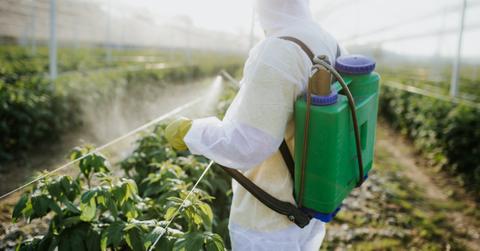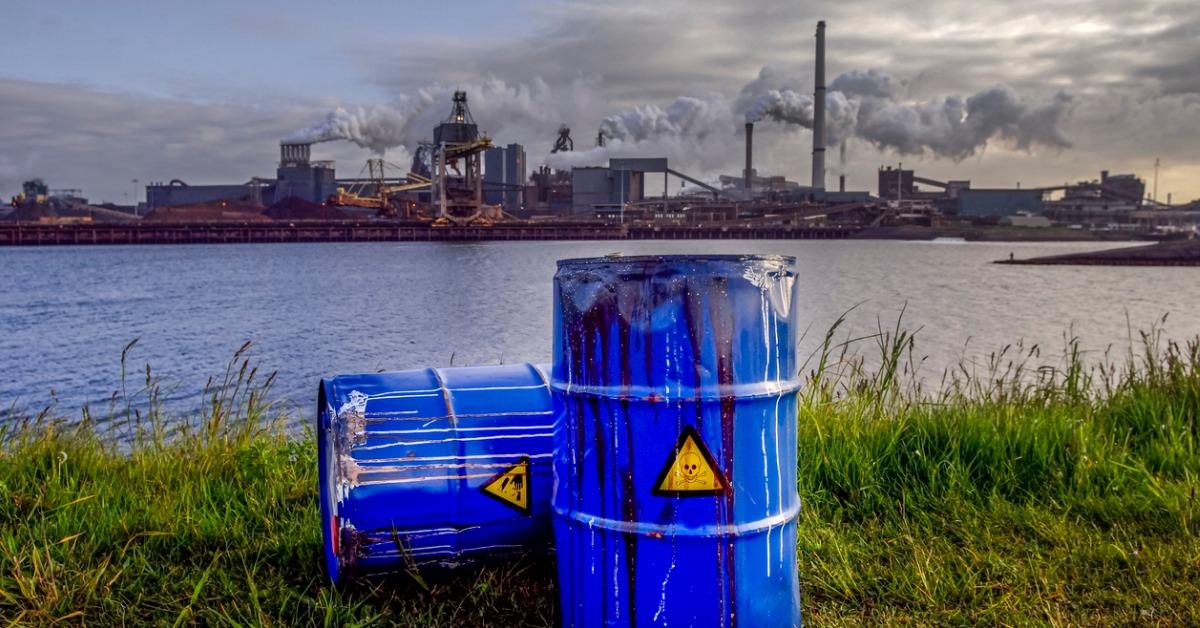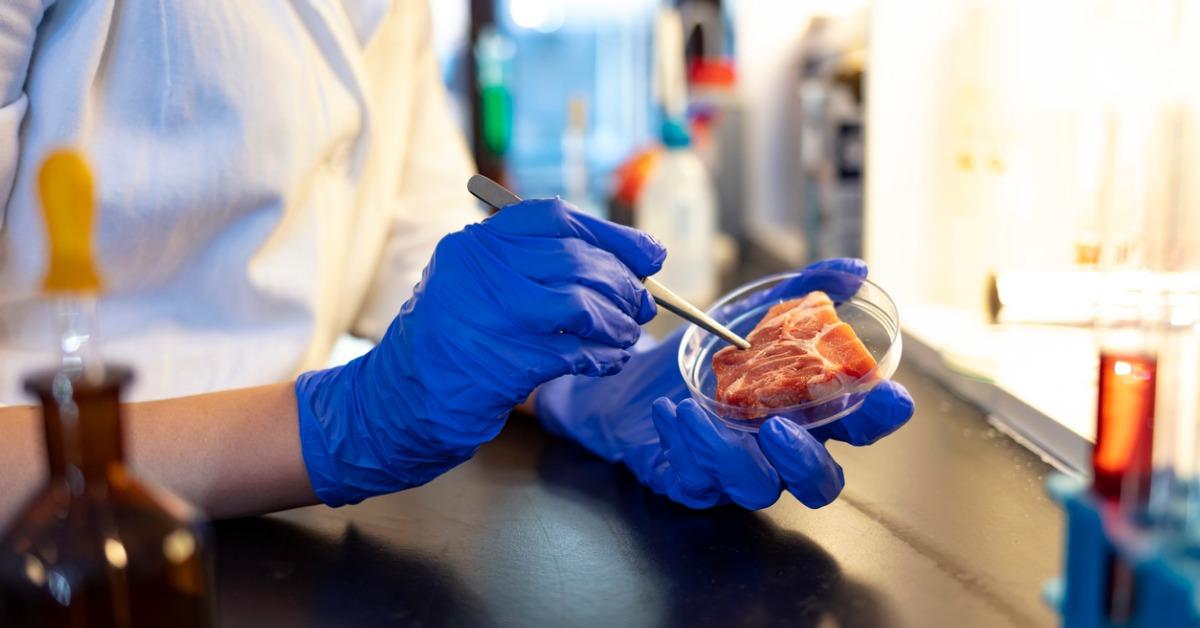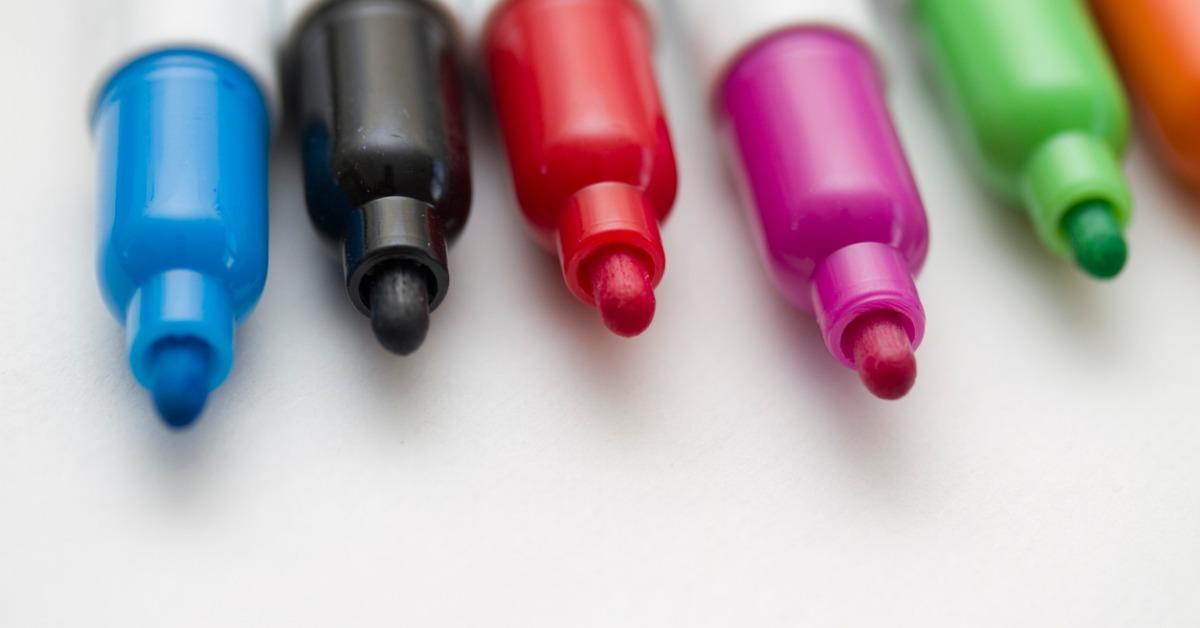Non-Toxic vs. Food-Safe: What's the Difference?
Updated Oct. 21 2020, 3:23 p.m. ET

Just because something is considered non-toxic or food-safe does not necessarily mean that it’s edible. Crayons, for example, are completely non-toxic, but I certainly wouldn’t want to eat them. Many of the products on the market today are considered either food-safe or non-toxic, especially if they deal with food. That said, not everything that comes in contact with food is considered safe, by the strictest definitions. But who makes that distinction and how do the definitions differ?

What is the difference between food-safe and food-grade?
Many readers may be wondering, how are these two concepts different at all? Why would something food-grade not be food-safe, or vice versa?
Food-grade means that the material is fit for human consumption or permitted to come in contact with food. This concerns things like cookware, Tupperware, and utensils. These items contain no toxic elements and can be used within the recommended safe temperature range. It also means that the material’s integrity will not falter during regular sanitation and cleaning processes. However, just because that material is permitted to come in contact with food, it doesn’t necessarily mean it is food-safe.
Food-safe, on the other hand, means that the food-grade material is also fit for its intended use and will not create a food-safety hazard. In this example, consider a plastic container that can hold a dry ingredient with no problem but should not be used to contain a hot liquid.

What does non-toxic mean?
Non-toxic is essentially a placebo term and unlike food-safe or food-grade products, has little to no government regulation in terms of its accuracy. Despite this, it’s not a harmful claim to make. In fact, without government standardization, it’s a rather magnanimous bit of information. After all, they didn’t have to tell you it wasn’t toxic.
What non-toxic means is that the product contains no ingredients that have been linked to toxic responses in humans. Toxic responses are things like hormone disruption, poisoning, or cancer. You should still be reading the ingredients though, just to be safe.
What is edible and non-edible?
Determining what is edible and non-edible is as easy as reading the label of the thing you’re planning to eat. If it contains no actual food products or products that you know for sure are not something you’d want in your body, don’t eat it. Tupperware, as listed earlier, can be food-safe and food-grade, it can and should be completely non-toxic, but it is not edible.
Glitter dust, paints, and beadlike sprinkles are the types of decorations you’re likely to find in a Michaels craft store; not six aisles away from the actual beads, glitter dust, and paints. To the untrained eye, these products certainly don’t “look” like food, even if their labels assure consumers they’re completely safe to eat. Look for items that indicate things like “non-toxic” or “for decorative purposes only.” If this is all the label says and no other foodstuffs or additives are mentioned on the label, don’t eat it. In fact, you probably shouldn’t decorate food with it either.

What should I be using on or with my food?
Almost everything on this list is meant to inform consumers about the safety concerns they might have about the products they cook and eat. The Food and Drug Administration regulates these items heavily and investigates the claims that manufacturers put on their labels. These days, most products go through strict scrutiny before being put out to market, though this wasn’t always the case.
Take for instance an old decanter of your grandmother’s that you’d now like to use to serve wine. You might do yourself a favor and look into the brand and date of the item’s origin. Back then, many crystal decanters contained lead in the glass. You wouldn’t know it to look at it, but those types of decanters were not exactly food-safe, even at room temperature. The trick is to keep yourself informed.